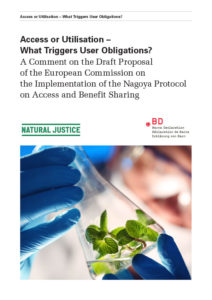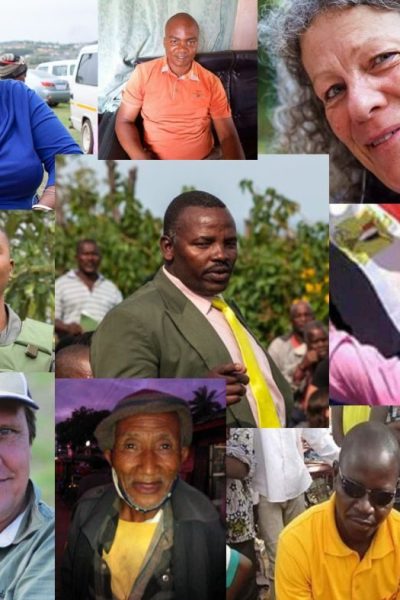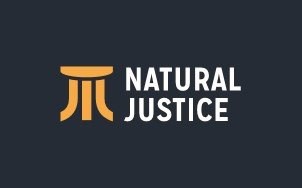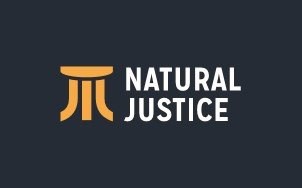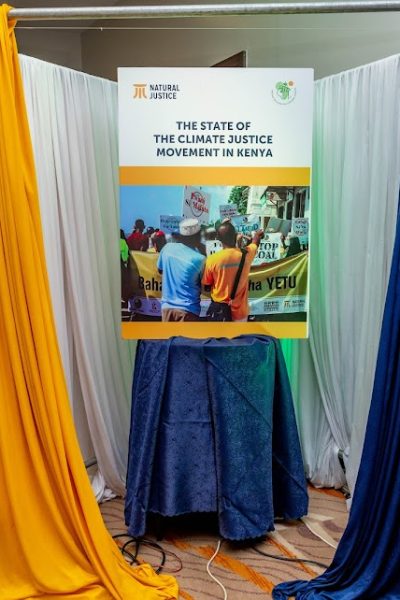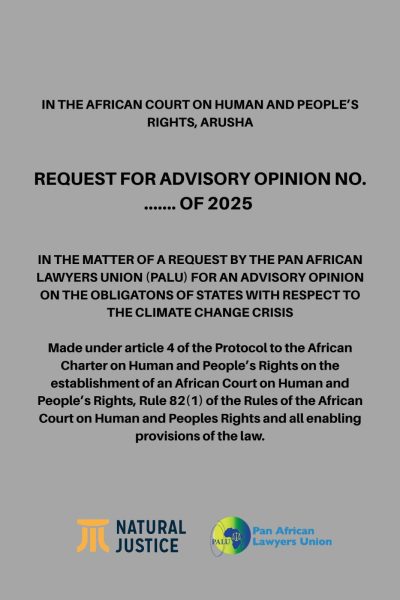The Nagoya Protocol on Access to Genetic Resources and the Fair and Equitable Sharing of Benefits Arising from their Utilization to the Convention on Biological Diversity (Nagoya Protocol) is a landmark instrument that sets forth important obligations for its signatories. However, the Nagoya Protocol, which has not yet entered into force, does not specify when access and benefit sharing (ABS) obligations are triggered. Once the Nagoya Protocol enters into force, it remains unclear whether ABS obligations are triggered by the utilisation of genetic resources (GRs) and traditional knowledge (TK), or only when GRs or TK are newly accessed.
This question, often referred to as the question of temporal scope, is of key importance. GRs and TK have already been and are currently being accessed on a large scale. It is entirely possible to access GRs and TK prior to the entry into force of the Nagoya Protocol, but for the use of these same GRs and TK to take place after the treaty has entered into force. Thus, if the position is taken that access of GRs or TK is what triggers ABS obligations, on-going or new utilisation of resources that have been accessed prior to the Nagoya Protocol’s entering into force and are now outside their natural habitat would be excluded from the scope of national or regional regulations implementing the Nagoya Protocol. In such cases, a large number of GRs found in local markets, international trade fairs, private collections and gene banks or botanical gardens would be freely usable, without triggering any ABS obligations after the Nagoya Protocol comes into force.

